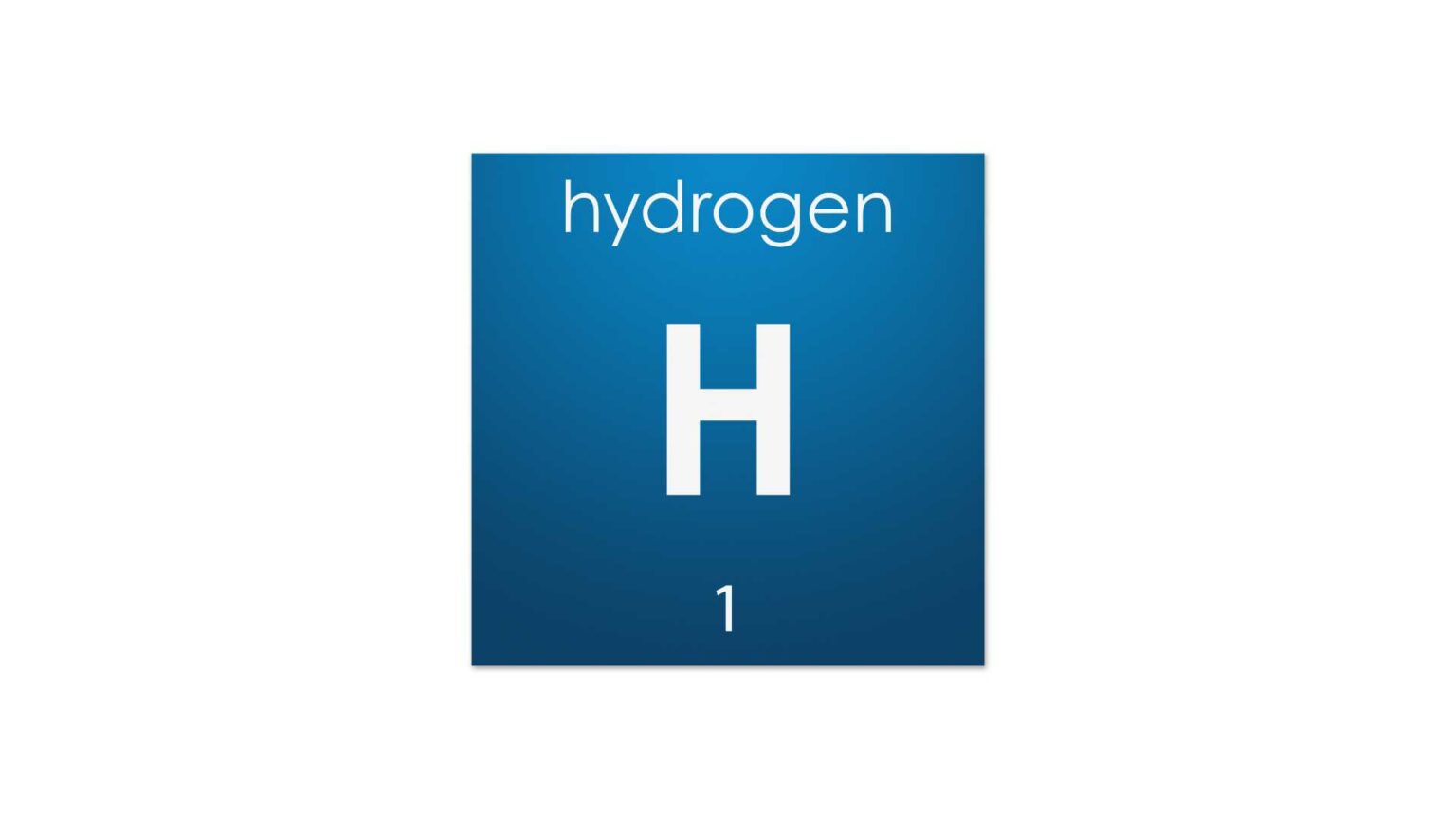NASA’s ambitious lunar missions in the late 20th century sparked unprecedented advancements in various fields, including the commercial fuel cell industry. Originally developed to power spacecraft, these fuel cells have since found broad applications in energy and transportation sectors, revolutionizing how we think about clean energy.
Origin in Lunar Missions
NASA first incorporated hydrogen fuel cells into their Apollo missions due to their efficiency and reliability. The technology successfully generated electricity and water for astronauts, proving its viability in harsh, remote environments. This success prompted further research and adaptation for earthbound applications.
Commercial Applications Emerge
The initial success of these space-tested fuel cells paved the way for their commercial use. Companies quickly recognized the potential for hydrogen fuel cells to provide a clean, efficient energy source. The technology found a variety of applications, from powering vehicles to providing backup energy for medical facilities and data centers.
Automotive Industry Transformation
This technology has had a significant impact on the automotive industry. Hydrogen fuel cell vehicles (FCVs) offer a sustainable alternative to conventional internal combustion engines. Many major car manufacturers have invested heavily in developing FCVs that produce zero emissions, contributing to global efforts to reduce carbon footprints.
Diverse Applications
Beyond automotive uses, hydrogen fuel cells have proven crucial for stationary power generation. They provide reliable electricity when traditional grid power is unavailable or unstable—making them ideal for remote locations or emergency backup systems. Furthermore, they are being explored in clean public transportation initiatives, such as hydrogen-powered buses and trains.
Continued Development and Challenges
Despite the promise, the widespread adoption of fuel cell technology faces several challenges. High production costs and the need for an extensive hydrogen refueling infrastructure are significant barriers. However, ongoing research and investment drive improvements that could make fuel cells a more common energy solution.
Future Prospects
The journey of hydrogen fuel cells from space missions to commercial viability is a prime example of how space exploration can drive technological innovation on Earth. As these challenges are overcome, hydrogen fuel cells are poised to play a crucial role in the global shift toward sustainable energy solutions.
With continuous advancements and increasing interest, the legacy of NASA’s moonshot missions continues to inspire and push the boundaries of technology, reaffirming the interconnectedness of exploration and innovation.
